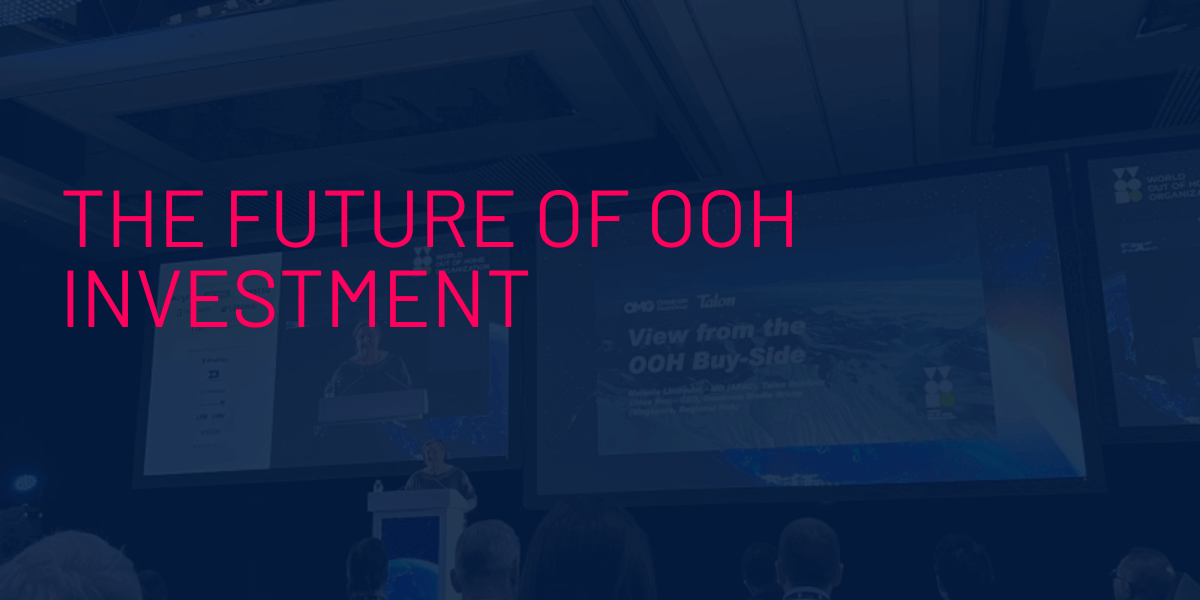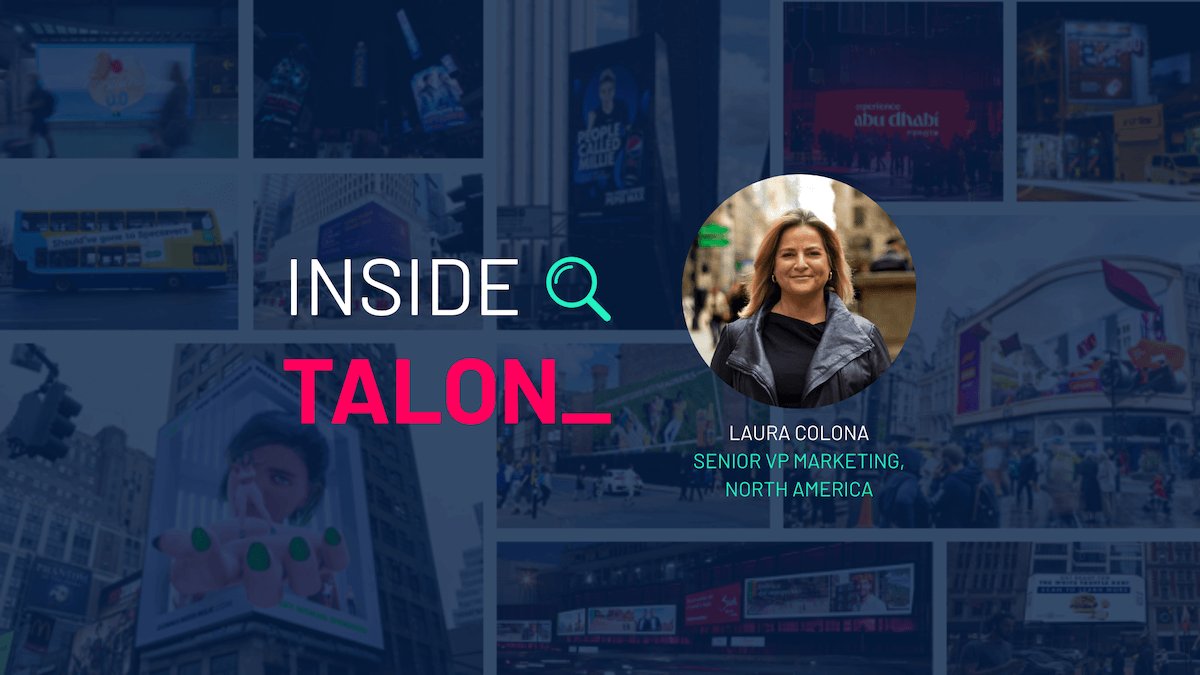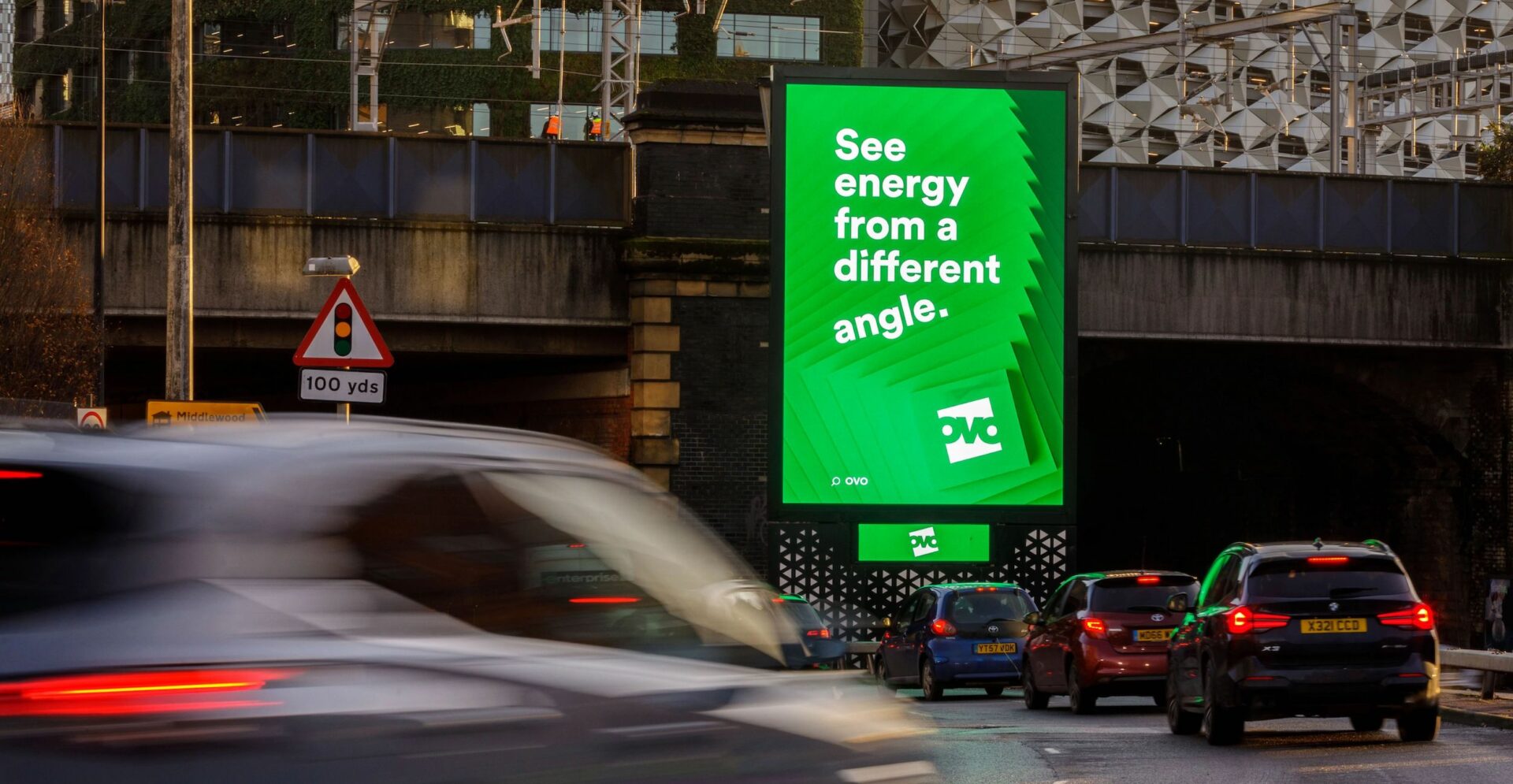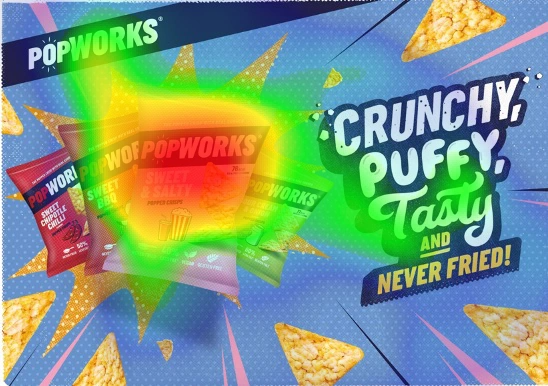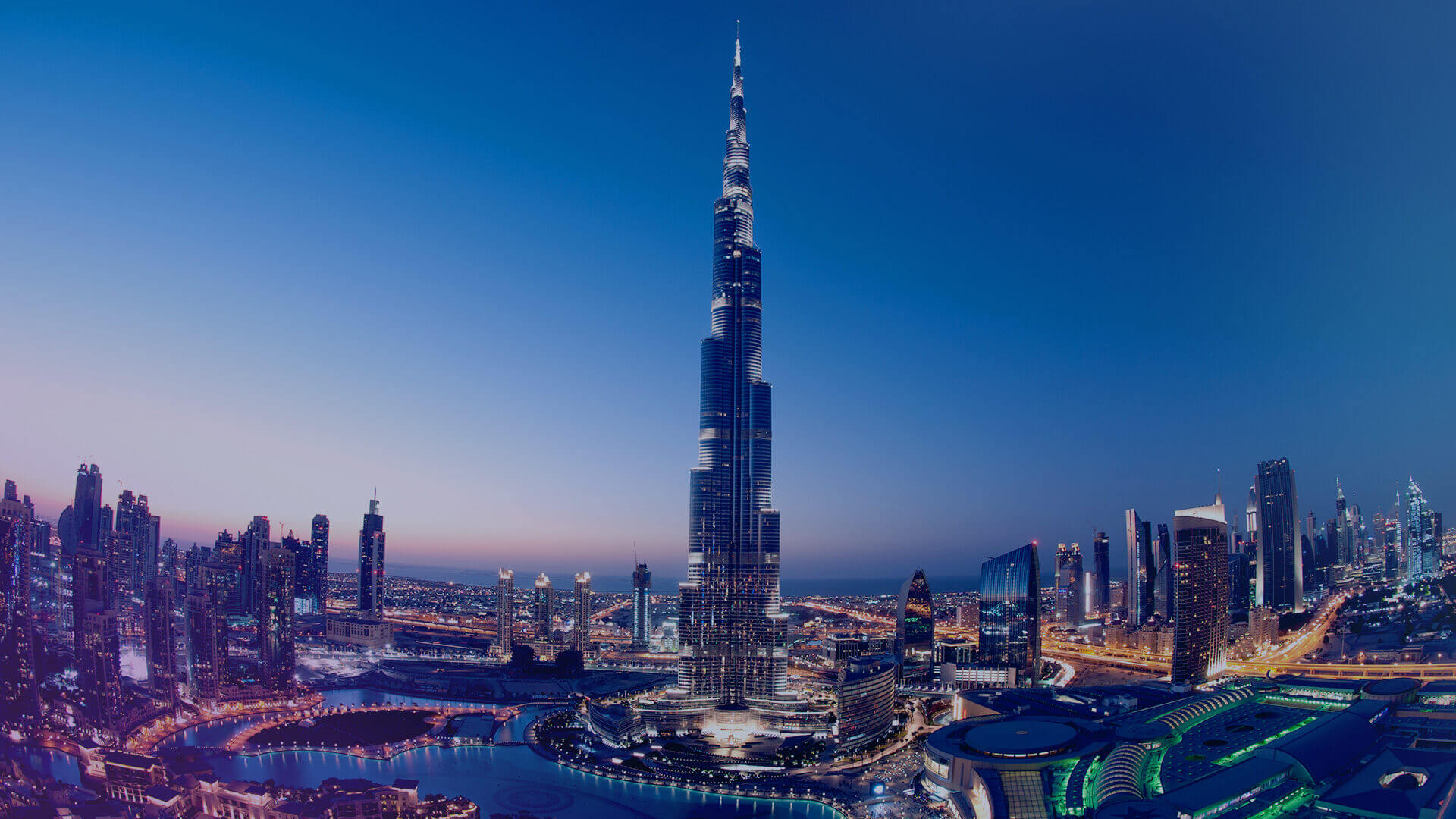The Future of OOH Investment
By Melanie Lindquist, Managing Director, Talon APAC.
The World Out of Home Organization (‘WOO’) hosted its APAC conference in Malaysia in October 2022. We listened to updates from around the region for two days, including Korea, Japan, Malaysia, China, Indonesia, Australia, and Singapore.
I had the pleasure of presenting with Omnicom Media Group Asia Pacific‘s Chloe Neo on behalf of the buyer/agency side to give insight into the view we see of OOH, not just as a medium but in context with the total media mix. The following is a summary of the presentation (with a few new updates), and if you would like a short version, take a look at this article by Campaign Asia Pacific.
For context, the Asia region is of considerable importance to marketers regarding diversity, size, and affluence. Marketers can grow market share, revenue, and ROI if targeted effectively.
Projections show Household Income (HHI) and Ultra High Net Worth Individuals (uHNWI) in the region will grow over the next five years. Asia’s consumers are at the forefront of global consumption, with projections that this will continue over the next decade.
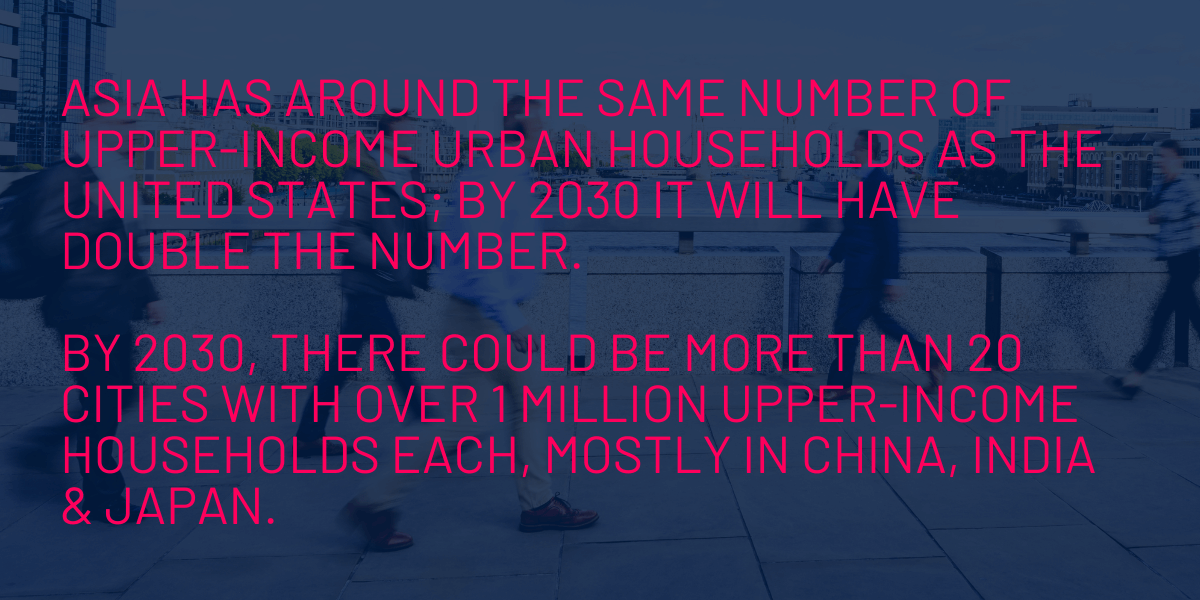
Over the past few years (including the two years of covid), a few key trends are emerging that are impacting the consideration of OOH media in the marketing mix and influencing investment in OOH. Research shows that including OOH in a campaign can uplift effectiveness and impact and drive consumer advocacy, consideration, and purchase intent. However, marketers will remove OOH from a schedule without consistent proof points. This leads me to my first point.
PROOF
There is a persistent demand from marketers for proof.
OOH media needs to invest in ‘proof’ continually. Without proof points (pre and post), OOH is at risk of being removed or reduced on the plan. It is a persistent and growing requirement for considering OOH in the media mix.
Pre-proof can be in the form of audience, movement, psychographic/ behavioural, and buyer-graphical data. It can also include neuro-impact scores, traffic counts, population, demographic, reach, and frequency.
Post-proof can be through campaign verification (physical, digital, and programmatic), research, case studies, and campaign analysis.
It is also cyclical. Campaign verification, analysis of results, and post-campaign recommendations should be a discipline that folds into the proof points for future campaigns. Verification, including physical, digital, and programmatic, post-campaign reporting, benchmarking research (claimed and transactional), brand metric measurement, conversion results, and results against agreed performance metrics, all contribute to proving the performance of OOH.
“If there is no trust or recency in the ‘proof’, OOH risks reduction or removal from the media plan. That lessens the opportunity to demonstrate the power of OOH and the opportunity for the industry to grow.”
Thankfully, OOH is measurable. Continual investment in research, data, and reporting with verified, validated data that is recent and relevant will contribute significantly to OOH remaining on the plan.
Equally important is industry collaboration to build unified platforms like Outdoor Media Association‘s MOVE to provide standardized industry benchmarks that marketers and their agencies accept. It will also increase trust and acceptance from marketers inside and outside the region.
PACE
The media-buying world is rapidly moving to self-service with a growing demand for faster access and engagement with media owners. Pace does impact media investment, whether it is speed to market, speed to respond, or accessibility via technology to speed up processes.
Emerging and existing technology will help extend OOH’s buying capability. OOH media owners need to open up and automate access to inventory, access to avails, access to specifications, and access to long-range planning. It will remove complexity, fuel self-service, and contribute to a position for OOH on the plan, whether traditional buying or programmatic.
OOH media in the APAC region need to invest and adapt to buyer demand and build the capability to respond to the global pace of business. It will allow brands and their agencies to self-serve to a level of autonomy not yet seen in the region.
“We are in the era of self-service. Technology is fuelling this expectation. Media that does not embrace it will be left behind.”
While we always strive for more time, short-termism is still in play. ‘Post-pandemic recovery’ remains a mindset with less long-term planning and more campaign-by-campaign orientation.
Removing complexity, systemizing and automating processes, opening up access to inventory, and connecting to platforms (via partnerships or collaboration) will contribute to a position on the plan for OOH.
INNOVATION
Innovation is a permanent trend, and OOH inspires in many ways. From printing techniques, digital screen tech, data-informed creative, use of public space, or hardware innovation. It all contributes to using OOH media beyond simple spots and sites.
OOH has always had the flexibility and creativity to work independently and create message layers and multi-sensory impacts. The most recent campaign using multi-sensory layers is the stunning The Coca-Cola Company Christmas campaign on The Piccadilly Lights from Ocean Outdoor in London. It includes live carollers, screen domination, interactive creative (song lyrics), and a mobile Coca-Cola truck driving past the site. All beautifully contextual leading up to Christmas.
“The OOH industry has an album full of innovation examples. Simply put, OOH innovation allows brands to transcend spots and sites. When Talon APAC advocates for OOH in the media mix, we can easily demonstrate impressive innovation in the APAC region.”
Product innovation is epitomized by Dole Food Company , screen-printing posters using ink made from real fruit waste (here) to authentically demonstrate their charter of zero-waste. 3D, anamorphic screens across APAC, including Big Tree’s CUBIG@ KLCC Junction in Kuala Lumpur to oOh!media’s Bourke St Mall in Melbourne and Ten Square, Landmark of Good in Singapore; create iconic, brand-enhancing campaigns.
Continuous innovation, including AR, VR, and 2D extensions, will grow the OOH APAC industry and significantly drive results for clients.
Data innovation to inform locations, target audiences and identify the best placement is not new. However, applying data to inform creative and develop deep connections with consumers through contextual relevance should be continually innovated.
In the last ten years, OOH has used digital to create contextual relevance, which research has shown to be at least 19% more effective. Brands. Agencies and media should look to ways data can inform the development and execution of campaigns. It creates impact and attention that positions OOH as a media leader and heightens consideration when planning campaigns.
Of course, this data should always comply with local privacy regulations and appropriate use of data. Here is an excellent article from ForwardKeys on using data to inform OOH campaigns.
Hardware innovation in OOH is uniquely positioned to affect public spaces positively and comes with great responsibility. Innovation in hardware, structure, and the physical build of OOH will attract brands and have a lasting impact on our environment.
Hardware innovation in OOH is uniquely positioned to affect public spaces positively and comes with great responsibility. Innovation in hardware, structure, and the physical build of OOH will attract brands and have a lasting impact on our environment.
Hardware innovation in the APAC region has included:
- the installation of sustainable materials for more efficient use of energy (JCD)
- repurposing posters/skins for multi-purpose (oOh!) and;
- theBreath® by Clear Channel Singapore Pte Ltd significantly improving air quality.
This innovation leads me to my final point and onto a significant trend impacting OOH investment and inclusion in media planning – PURPOSE.
PURPOSE
Consumers are more aware of purpose when deciding to buy. Equally, there is pressure on brands to deliver on purpose and demonstrate commitment to DEI – Diversity, Equality, Inclusion, and ESG – Environmental, Social, Governance, and Sustainability practices.
It is often considered a ‘Gen Z’ driver of consumption. If you look at the statistics below, you will see that while Gen Z is leading increases in preference to buy from sustainable brands, the uplift is across all generations.
Purpose is here to stay.
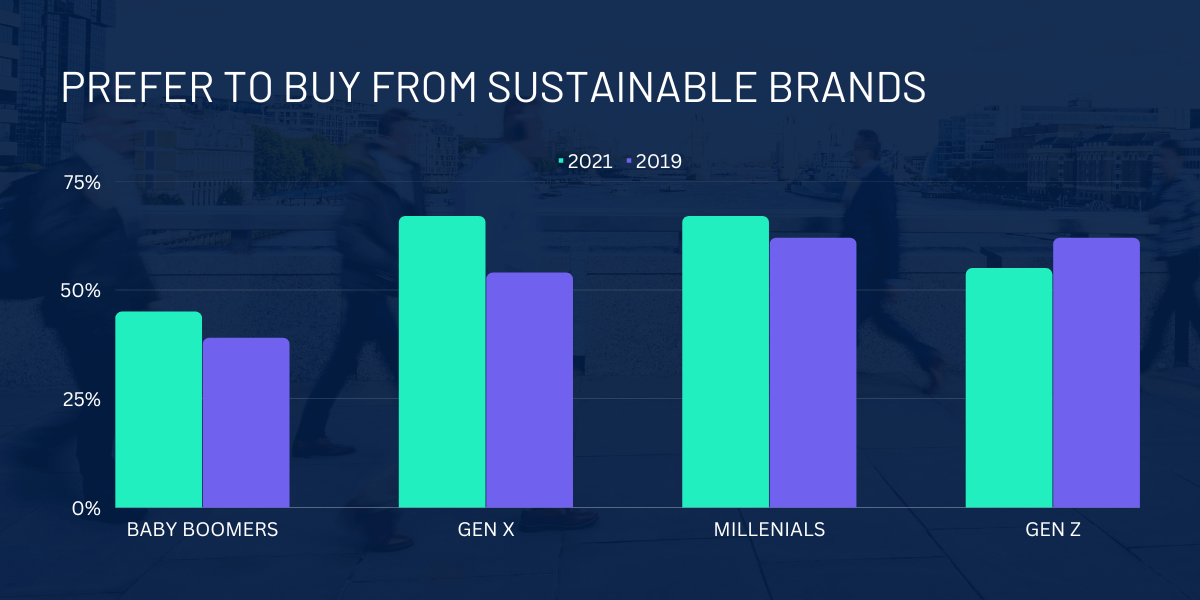
At the time of the WOO conference, Omnicom Media Group Asia Pacific announced a partnership that illustrates where ‘purpose’ is leading the media industry. They “expect to see more stringent, measured frameworks for pitches, proposals, and partners over time. As well as the creation of standardized metrics such as carbon footprint across clients’ media selections, supporting brand sustainability plans in the long term.”
The physical manifestation of purpose within OOH media is developing rapidly, with APAC emerging recently with impressive developments. For OOH to maintain relevance in the region, it is essential to persist with a purpose-driven product, business, and action that addresses ESG and DEI and improves the public spaces in which OOH resides.
What does this look like now and in the future?
Living Walls using live plants improves the site’s visually and contributes to an improved environmental impact by eliminating up to 10kg of CO² per sqm per year.
Eco Paint providers, such as Airlite, offer air-purifying paint to paint advertisements on walls or create bespoke murals.
Latex Ink – Revolution360 is now using HP Latex Ink, which is 65% water-based, and completely biodegradable, with no heavy materials or hazardous air pollutants.
Poster Evolution in many production companies has resulted in switching out traditional PVC banners for non-PVC materials and reducing the harmful effects of the disposal of PVC products. Urban Vision s.p.a. was one of the first media owners to introduce pollution-eating banners. The posters include a pollution-absorbing layer, creating a more eco-friendly product. Lightweight polyethylene vinyl billboard skins are routinely reused and repurposed at the end of their life cycle into various finished products like benches, sleepers, and bollards.
Green Roofs on bus stops increase biodiversity and support nature recovery. They can also absorb rainwater, urban heat and contribute to cleaning the air. Including solar panels also means that transit stops can run on green energy. JCDecaux Middle East is leading the way with the use of green energy to power the majority of their digital portfolio across airports and roadside.
World Out of Home Organization also announced the industry’s first Global Sustainability Task Force led by WOO Board member Katrin A. Robertson. WOO President Tom Goddard said about the initiative:
“There is much good work being undertaken by many [OOH] members, including some of the largest players in the business, but we must remember that we are a highly diverse industry in terms of stakeholders and owners and WOO can play a bigger role in helping members, smaller operators in particular, improve and communicate their sustainability performance.”
OOH in the APAC region will benefit from adopting and pioneering development that improves people’s lives and public spaces. It will also maintain relevance when a marketer considers media in their campaigns. It will become the standard, not the exception, in the future.
We are emerging from a two-year chrysalis that has disrupted the world forever. Marketers are more accountable than ever, and marketing plans are under scrutiny.
If the OOH media industry does not continue to adapt and make inroads into measurability, attribution, and independent verification (proof), harness technology to create self-service, ease of planning, and speed to market (pace), persistently push the boundaries of OOH capability (innovation) and authentically commit to positively impacting public spaces, the environment and people’s lives (purpose); OOH as a medium runs a significant risk of insignificance.
Talon continues driving, supporting, and advocating for OOH in the media mix. We know from our decade of client campaigns and creative innovations with Grand Visual that OOH is innovative, builds brand awareness, consideration, and drives purchase intent, and uplifts effectiveness when in combination with other media in the mix.
